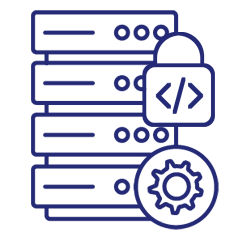SAP Recommends Maintaining Independent Backups
Leading Fortune 500 companies like Microsoft, Home Depot, JPMorgan Chase, Facebook, and Target have also fallen victim to some of the most significant data breaches in history. This highlights a widespread vulnerability across the corporate landscape, where virtually no large entity has remained untouched. Over the past decade, the repercussions of inadequate cybersecurity measures have reverberated throughout the business world, resulting in staggering financial losses amounting to billions of dollars. Moreover, these breaches have left consumers exposed to the risk of financial crimes, underscoring the urgent need for enhanced security protocols and proactive measures to safeguard sensitive data.
SAP recommends maintaining independent backups for every HANA system to avoid data loss from hardware failure, human error, or cyber threats.
In its official documentation, SAP states that relying on the same local or cloud storage for both active data and backups creates a single point of failure. While HANA includes native tools for backup and recovery, they are not designed for long-term, multi-region, or multi-system protection. For that reason, most enterprise IT teams configure external, third-party backups that sit outside the primary environment.
Teams choose external backup for three main reasons:
1. Protection against ransomware: Keeping a copy outside the main network prevents encrypted or corrupted data from spreading to all backups.
2. Compliance and audit readiness: Many industries require separate, immutable backup copies to meet ISO, SOX, or GDPR standards.
3. Operational freedom: With an independent backup, teams can migrate, test, or restore systems without waiting for SAP infrastructure approvals or risking production data.
External backup is no longer an optional layer. It is a safeguard that ensures HANA’s high performance is matched by equally high resilience and continuity.

